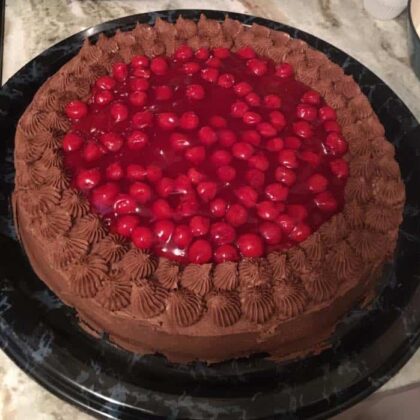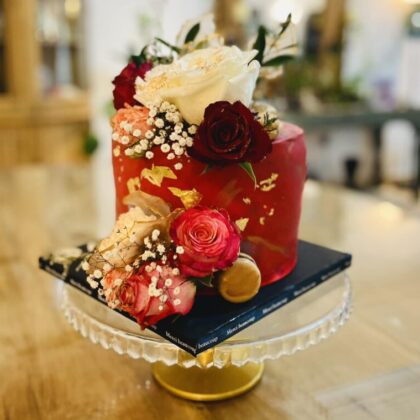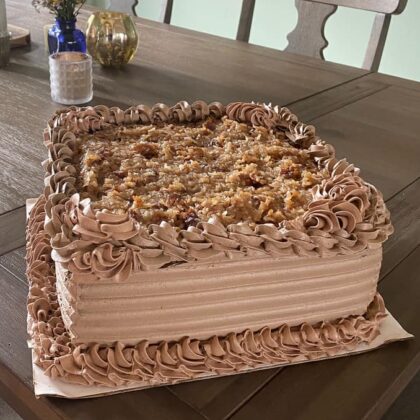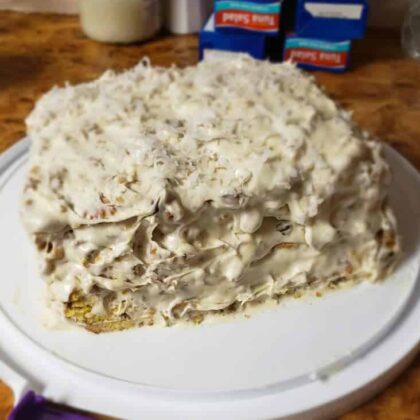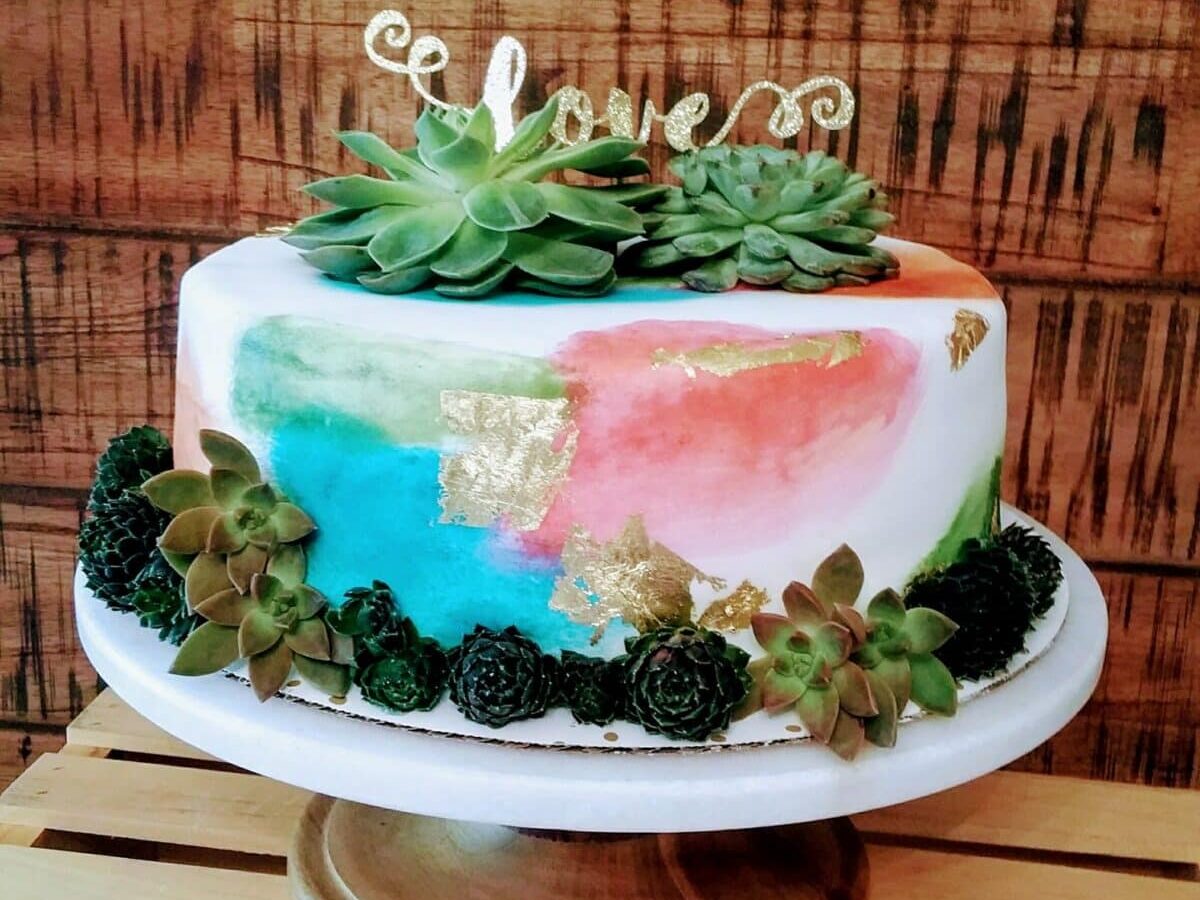Gluten-free baking has carved out a whole new world of ingredients and techniques
Gluten-free cakes can sometimes feel like a mystery,
but at heart, they’re just cakes that skip one crucial ingredient: gluten. For those unfamiliar, gluten is a protein found in wheat, barley, and rye. It’s what gives bread its chew and cakes their structure. But for people with celiac disease, gluten intolerance, or sensitivities, gluten can mean serious digestive issues and inflammation. Because of this, gluten-free baking has carved out a whole new world of ingredients and techniques to replicate that comforting crumb in a cake without triggering these health concerns.
There’s a lot of skepticism around gluten-free cakes; some imagine them as dense or dry, lacking the fluffiness and flavor of traditional cakes. The truth, though, is that the right ingredients and a bit of skill can yield gluten-free cakes that rival, if not exceed, their wheat-based counterparts. Traditional wheat flour provides that essential structure and stretch, so going gluten-free requires substitutes that offer similar binding and lift. Almond flour, rice flour, and coconut flour have become popular, often blended with starches like tapioca or potato to achieve that familiar texture. There’s also xanthan gum and guar gum—two go-to ingredients in gluten-free baking for binding that, in small amounts, do wonders to recreate the elasticity gluten would provide.
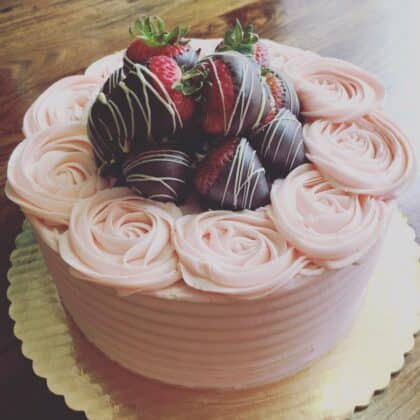



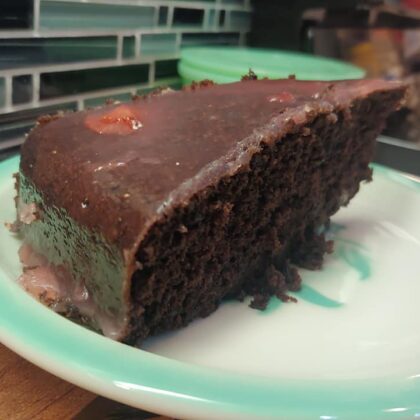
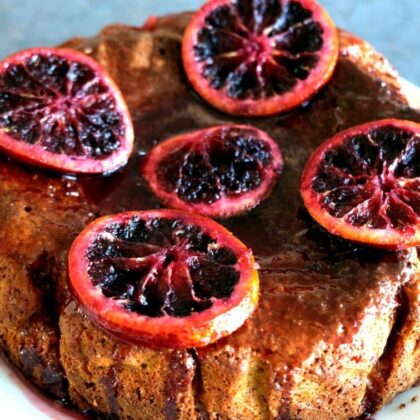
Gluten-free cakes are anything but a one-trick pony.
You’ll find rich chocolate cakes, light sponge cakes, and moist carrot cakes—all gluten-free and packed with flavor. With the right recipe, you don’t miss a beat; in fact, some gluten-free cakes bring unique qualities of their own, like the nutty warmth of almond flour or the gentle sweetness of coconut flour. They may need a bit of extra love when it comes to mixing and baking, but the results are often as good as, if not better than, what you’d find in traditional cakes.
Why the push for gluten-free, you might wonder? Partly, it’s about health. While celiac disease makes it medically essential to avoid gluten, many others have found that reducing gluten helps with digestion, energy, and general well-being. And for home bakers, there’s an art to adapting traditional recipes. It might involve a few adjustments—switching wheat flour with a blend of gluten-free flours and adjusting the moisture, maybe adding an egg or two for extra structure. But the good news is, you don’t have to reinvent the wheel; many classic recipes can be coaxed into gluten-free versions that still feel like old favorites.
This article is just a prelude to the beautiful gluten-free cakes brought to life by contributors in The CooksCook Community Forum. Their creations show how gluten-free baking has evolved far beyond “acceptable” substitutes to become inspiring, flavor-rich desserts. It’s a testament to creativity in baking—a reminder that with the right ingredients and a little determination, gluten-free can be both comforting and exciting, with cakes that feel as satisfying as any from a bakery.
